Featured Panoramic Photo Above:
1929 National League Champion Chicago Cubs
(Player identifications available upon request)
Baseball History Comes Alive Now Ranked #2 by Feedspot Among All Internet Baseball History Websites and Blogs!
Guest Submissions from Our Readers Always Welcome! Click for details
Scroll Down to Read Today’s Essay
Subscribe to Baseball History Comes Alive for automatic updates. As a Free Bonus, you’ll get instant access to my Special Report: Gary’s Handy Dandy World Series Reference Guide!
Black History Month Trivia, Part Three
Today we continue with our tribute to Black History Month with Part Three of Vince Jankoski’s 28 trivia questions. Before we get to the questions, here’s a few words about the Homestead Grays, pictured above, sent to me by Chris Whitehouse.
Chris Whitehouse does some amazing work, as you can see from this beautiful color restoration of the 1939 Homestead Grays. We can see in this great photo Hall of Famers Josh Gibson, Buck Leonard, Oscar Charleston, and Cool Papa Bell. Check out all of Chris’s outstanding restorations at his website: They Played in Color. A couple years ago, I did an essay on Chris and featured many of his beautiful color baseball photo restorations. You can check it out by clicking on this link.
A Little Background on the Homestead Grays
The Homestead Grays were founded in 1912 by Cumberland Posey and remained a viable Negro League franchise for 38 seasons. The team was originally based in Homestead, Pennsylvania, near Pittsburgh. By the 1920s, the team retained the name “Homestead” but crossed the Monongahela River to play home games at either Forbes Field, home of the Pirates, or at the Pittsburgh Crawfords’ home, historic Greenlee Field.
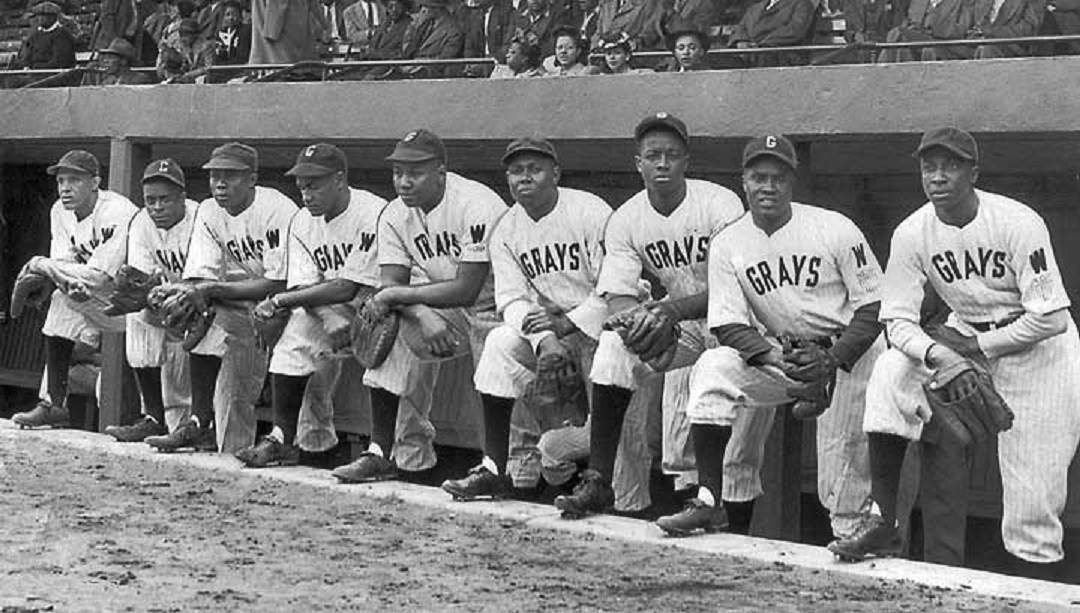
Some of the greatest stars in Negro League history played for the Grays, and the following have been inducted into the National Baseball Hall of Fame: “Cool Papa” Bell, Ray Brown, Oscar Charleston, Martin Dihigo, Bill Foster, Josh Gibson, Judy Johnson, Buck Leonard, Smokey Joe Williams, and Willie Wells. In addition, founder-owner Cumberland Posey is also in the Hall of Fame.
Vince Jankoski’s Black History Month Trivia Questions (For February 15-22)
February 15: The Philadelphia Phillies were also notoriously late in integrating their team. Probably not coincidentally, they did not appear in a lot of World Series in the decades immediately following the breaking of the color line. Who was the first African-American to homer for the Phils in a World Series game?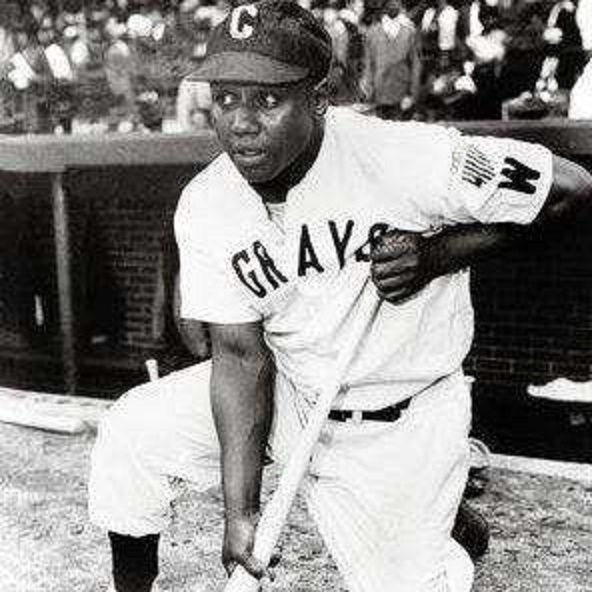
February 16: The Boston Red Sox were the last team to sign African-American players. Once again, not coincidentally, they did not appear in many World Series in the years following Jackie Robinson’s breaking of the color line. Who was the first African-American Red Sox to homer in a World Series game?
February 17: Speaking of the Boston Red Sox and running out of World Series questions, who was the Red Sox’s first African-American player?
February 18: Who was the first African-American player signed by the Philadelphia Phillies?
February 19: Who was the first African-American player who played for the Washington Senators?

February 20: Who is the only pitcher to be the first African-American player on his MLB team?
February 21: Jackie Robinson was the first African-American to steal a base in the World Series. Who was the first African-American American Leaguer to do it?
Answers
February 15: Bake McBride. McBride hit one out of the park in the 3rd inning of the opening game in 1980 off the Royals’ Dennis Leonard. The Phillies would go on to win the game 7-6 and the Series in 6 games.
February 16: Reggie Smith. Smith went long ball off the Cardinals’ Nelson Briles in the 7th inning of Game 3 in 1967. Boston lost the game 5-2 and the Series in 7 games.
February 17: Elijah “Pumpsie” Green. Green made his debut with the Red Sox on July 21, 1959 as a pinch runner. That was more than a dozen years after the first appearance of Jackie Robinson, making the Sox the last MLB team to integrate. Green was no Robinson. Nor for that matter was he Larry Doby or Elston Howard, the first Black players signed by their teams. For his career Green hit .246 with 13 home runs and 74 RBIs in 344 MLB games.
February 18: John Kennedy who made his first appearance on April 22, 1957, making the Phils the last NL team to sign a Black player. Kennedy was also no Robinson, Doby, or Howard. He played in only 5 MLB games, mostly as a pinch runner.
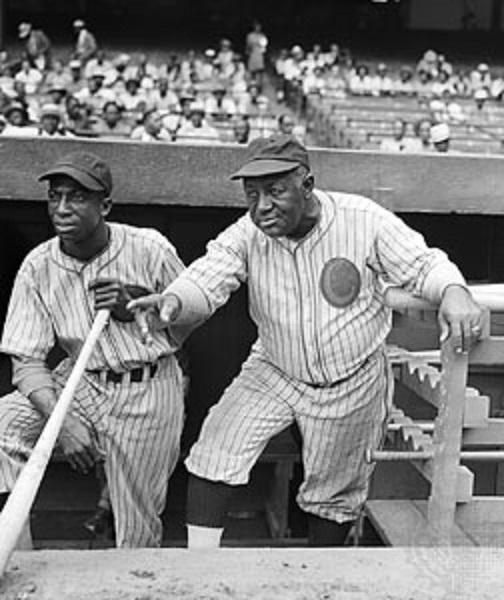
February 19: This answer is complicated. The Baseball HOF recognizes Carlos Paula as the first Black player who played for the Senators. That was in 1954. But Paula was not an African-American. He was Cuban. The Senators had a decades long history of signing Cuban players, albeit Cuban players lighter complected than Paula. Then, there is to be considered the sometimes subtle racial codes of pre-civil rights era Washington. It is an often overlooked fact that segregation was designed to restrict Americans of African descent. Segregation was not intended to apply to foreign diplomats from Africa or the Caribbean or even tourists from those places. So, with apologies to Mr. Paula, who was a pretty fair hitter at least by the standards of the Washington Senators of the 1950’s, he doesn’t really count. The first African-American player who played for the Washington Senators was Joe Black (remember he was born in Plainfield, NJ) who signed with Washington at the end of his career in 1957. He pitched 12 2/3 innings before retiring. Two years later the Senators obtained African-American outfielder Lenny Green who would be a regular for the next 4 ½ seasons.
February 20: Bob Trice. Trice was signed by the Philadelphia Athletics, and played his first game on September 13, 1953, losing Don Larson and the St. Louis Browns by a score of 5-2. In his brief career, he was 9-9 with an ERA of 5.75.
February 21: The historically slow Elston Howard. In Game 7 of the 1958 Series Howard stole second base in the top of the 4th inning off Lew Burdette/Del Crandall. Four innings later Howard drove home the eventual winning run in a victory over the Braves. The Yankees won the game and the Series.
Gary Livacari
Subscribe to our website, Baseball History Comes Alive with over 1400 fully categorized baseball essays and photo galleries, now surpassing the one million hits mark with 1,157,000 hits and over 950 subscribers: https://wp.me/P7a04E-2he
Information: Excerpts edited from the Homestead Grays Wikipedia page.
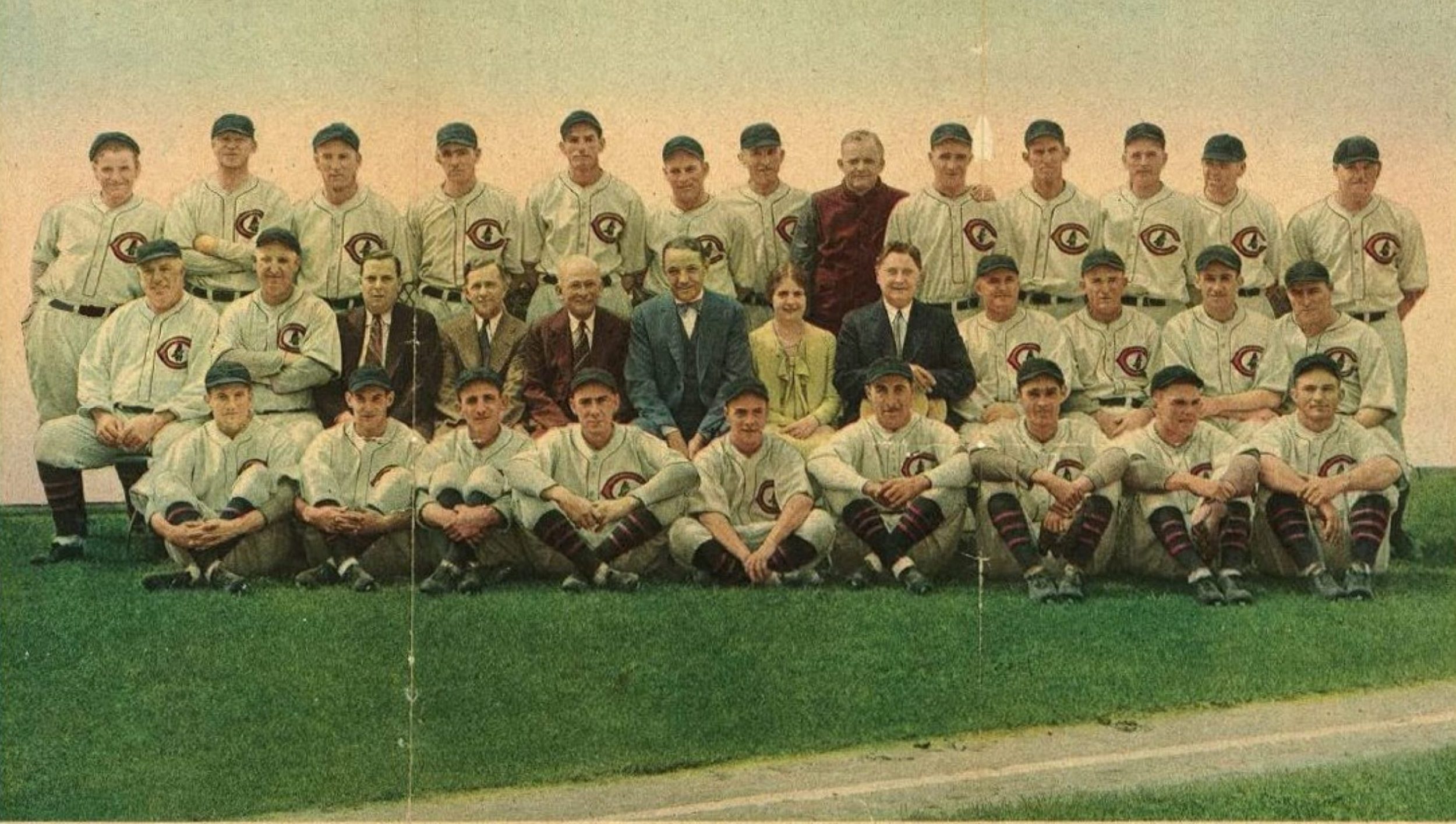
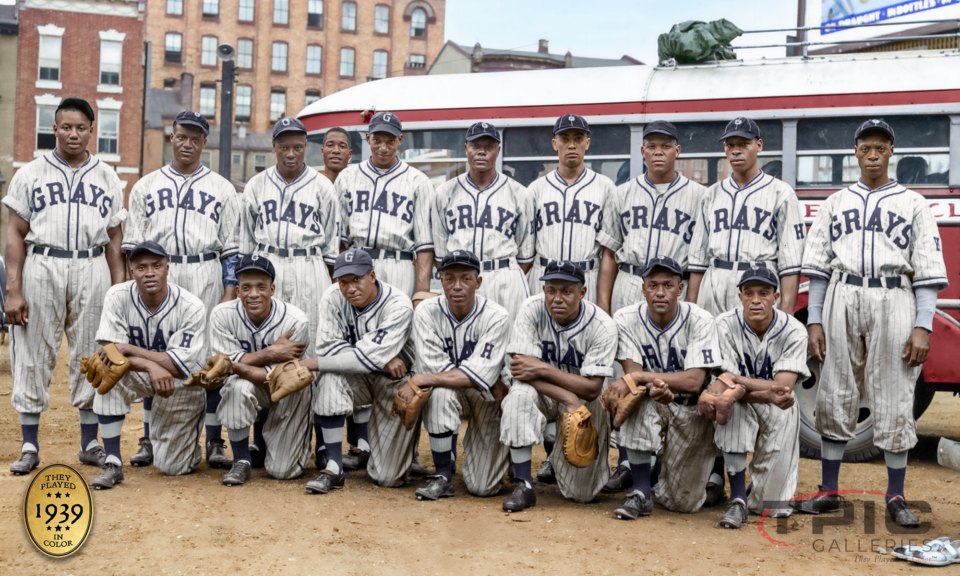
So if you exclude the Cuban players on the Senators then Joe Black is another pitcher who was the first African-American player on his team.
I have been looking forward to the fourth installment of this series but I guess it’s not coming. Anyway nice job coming up with the data. It certainly couldn’t have been easy to research. Some very surprising bits I never would have known.